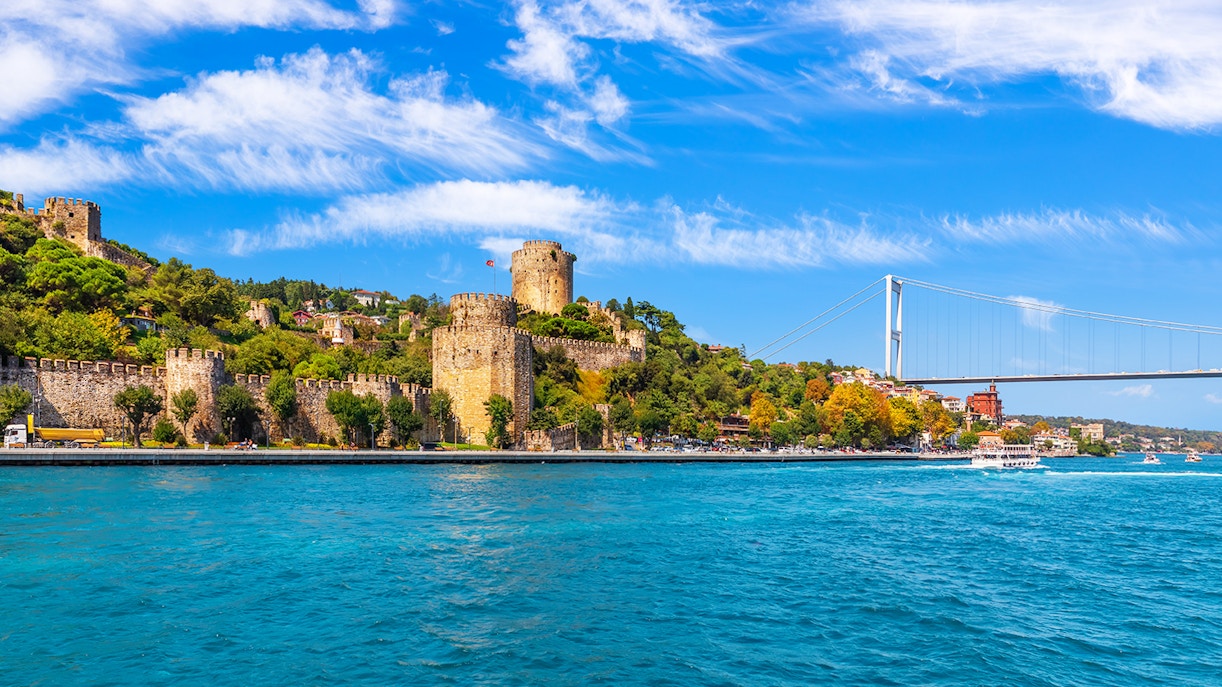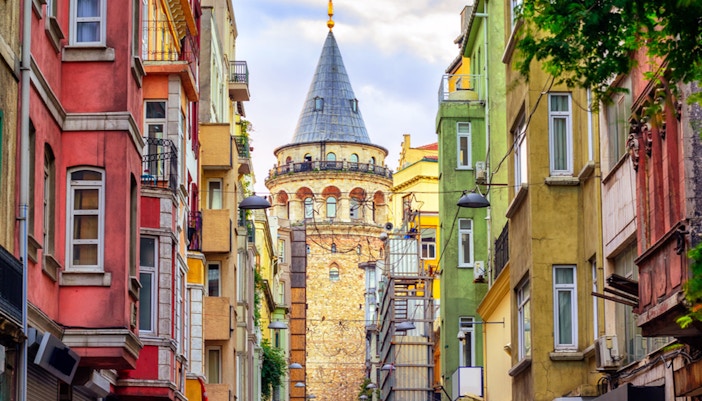The Galata Tower, originally preceded by a Byzantine structure near the shoreline called the Megalos Pyrgos, was rebuilt in 1348 by the Genoese as a defensive stronghold in Constantinople’s Galata district (modern-day Karakoy). Its 67-meter cylindrical stone design makes it a prominent landmark of its time, symbolizing Genoese maritime power and architectural influence.
Galata Tower’s history explained
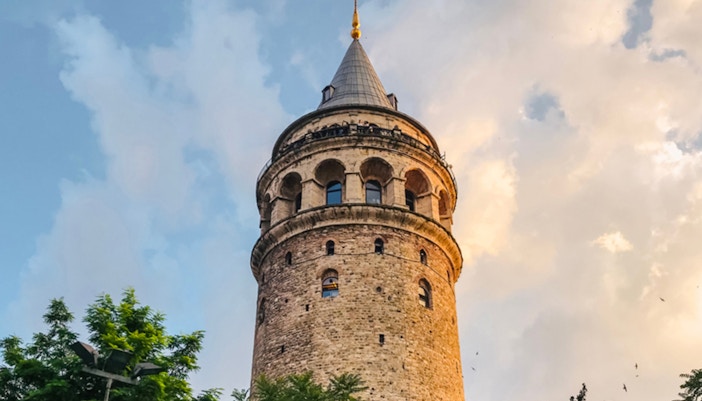
Origins and Genoese construction (1348)
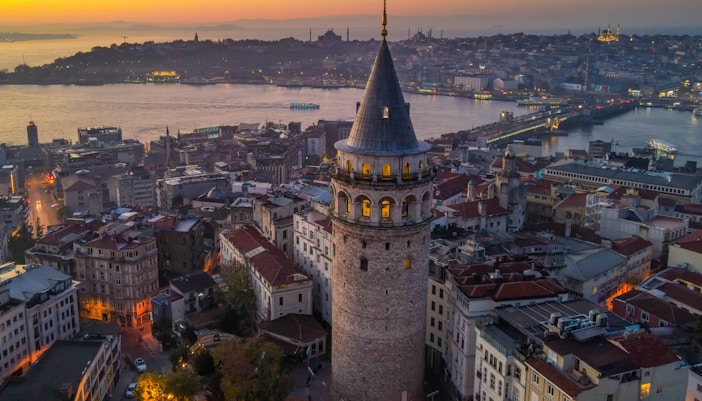
Ottoman transformation and early use (1453–16th century)
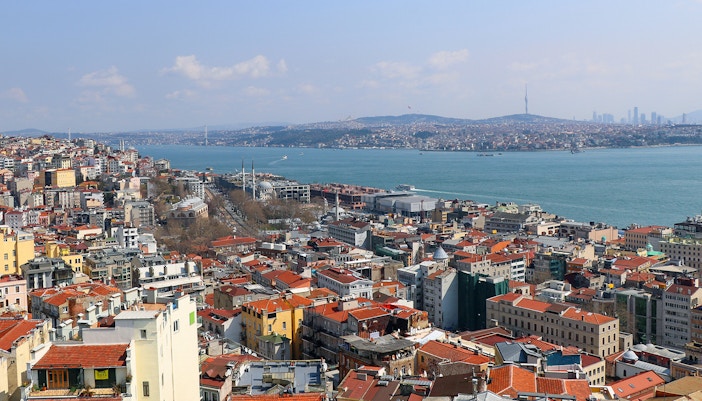
Hezarfen Ahmet Celebi’s legendary flight (17th century)
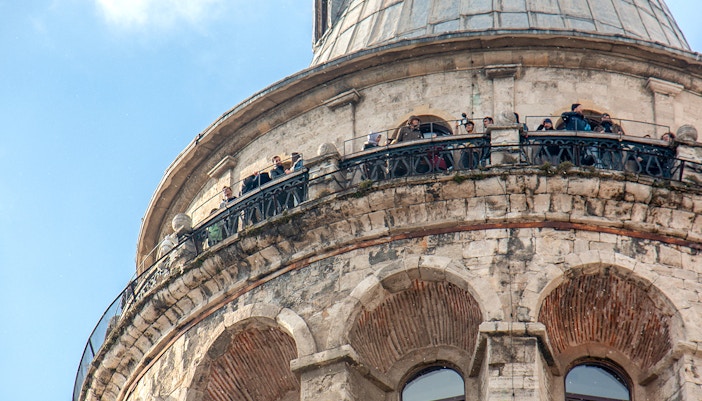
Fires and restorations (1794–1831)
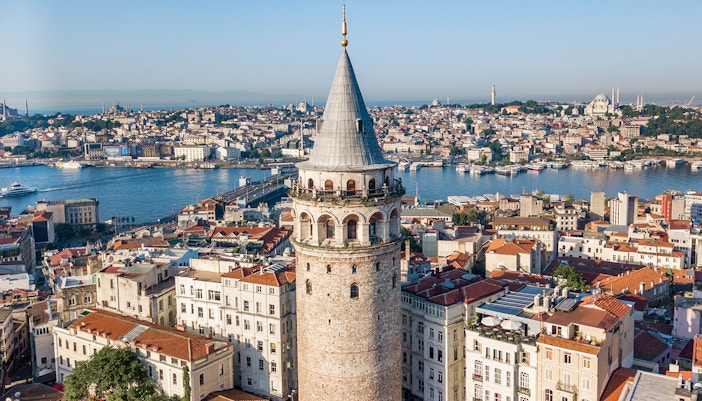
Role in the 19th century: From fire tower to storage

